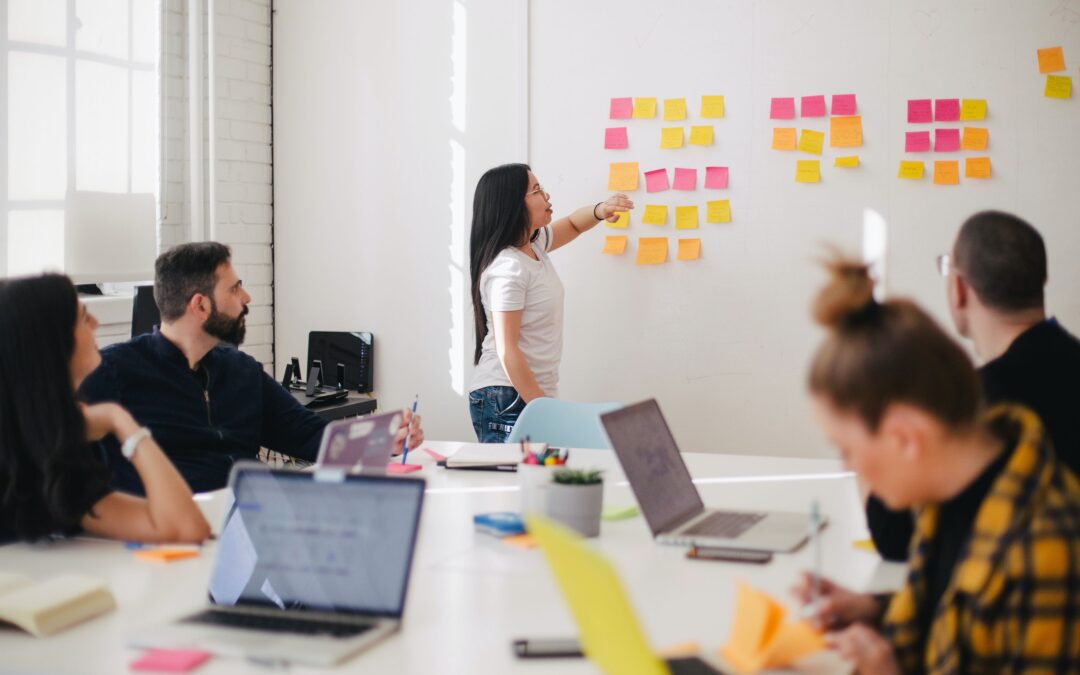Are you empowering your people to be creative? Studies show that environments that promote and celebrate creativity see increased rates of innovation and overall cohesion amongst teams. I would like to believe that creativity fosters space for cooperation and when people recognize the authentic expression of their creativity, they can welcome other variances in perspective by others. In other words, the more creative we are, the more inclusive, equitable, holistic and well we can all be. Today, I would like to present irrefutable evidence on the powerful impact of a creative mindset that any hiring manager, supervisor or recruiter should carefully consider as you’re building a team.
Creative thinking can bring a lot of positive benefits to individuals and organizations. Here are some of the key ways in which creative thinking can have a positive impact:
- Improved problem-solving abilities: Research has shown that incorporating creative thinking in problem-solving leads to more effective and efficient solutions. A study conducted by the American Psychological Association (APA) found that individuals who approached problems in a more imaginative and innovative manner were better able to come up with novel and effective solutions compared to those who relied solely on traditional problem-solving methods (Guilford, 1950).
- Increased job satisfaction: According to a study by the International Journal of Human Resource Management, employees who are encouraged to think creatively in the workplace tend to experience increased job satisfaction (Bailey & Kurland, 2002). This is because creative thinking allows individuals to use their skills and talents in meaningful ways, which can lead to a sense of fulfillment and purpose.
- Enhanced innovation: Creative thinking plays a critical role in innovation and can lead to the development of new products, services, and processes. For example, a study by the Harvard Business Review found that companies that actively encourage creative thinking are more likely to experience breakthrough innovations (Shalley & Gilson, 2004).
- Improved mental health: Engaging in creative activities can have a positive impact on mental health. A study by the British Journal of Health Psychology found that individuals who engaged in creative activities experienced reduced levels of stress and improved overall well-being (Magedanz et al., 2013).
- Boosted teamwork and collaboration: Creative thinking can also promote teamwork and collaboration by encouraging individuals to share their unique perspectives and ideas. A study by the Academy of Management Journal found that organizations with a strong culture of creativity and innovation were more likely to experience increased collaboration and teamwork (West, 2002).
In conclusion, creative thinking has a range of positive impacts, from improving problem-solving abilities to boosting mental health. Encouraging and nurturing creative thinking can lead to a range of benefits for individuals and organizations alike. Creativity is not just for artists. It’s for everyone.
Photo by Jason Goodman on Unsplash
References:
Guilford, J. P. (1950). Creativity. American Psychologist, 5(9), 444–454. https://doi.org/10.1037/h0059696
Bailey, J. R., & Kurland, N. B. (2002). The relationship between creativity and job satisfaction. International Journal of Human Resource Management, 13(6), 923–934. https://doi.org/10.1080/09585190210127667
Shalley, C. E., & Gilson, L. L. (2004). What leaders need to know: A review of social and contextual factors that can foster or hinder creativity. The Academy of Management Perspectives, 18(4), 569–582. https://doi.org/10.5465/AMP.2004.16113580
Magedanz, A., Heine, M., Fink, A., & Daamen, M. (2013). The benefits of creative activities for mental health and well-being. British Journal of Health Psychology, 18(3), 541–560. https://doi.org/10.1111/bjhp.12057
West, M. A. (2002). Sparking high-quality connections. Harvard Business Review, 80(7/8), 74–83.

